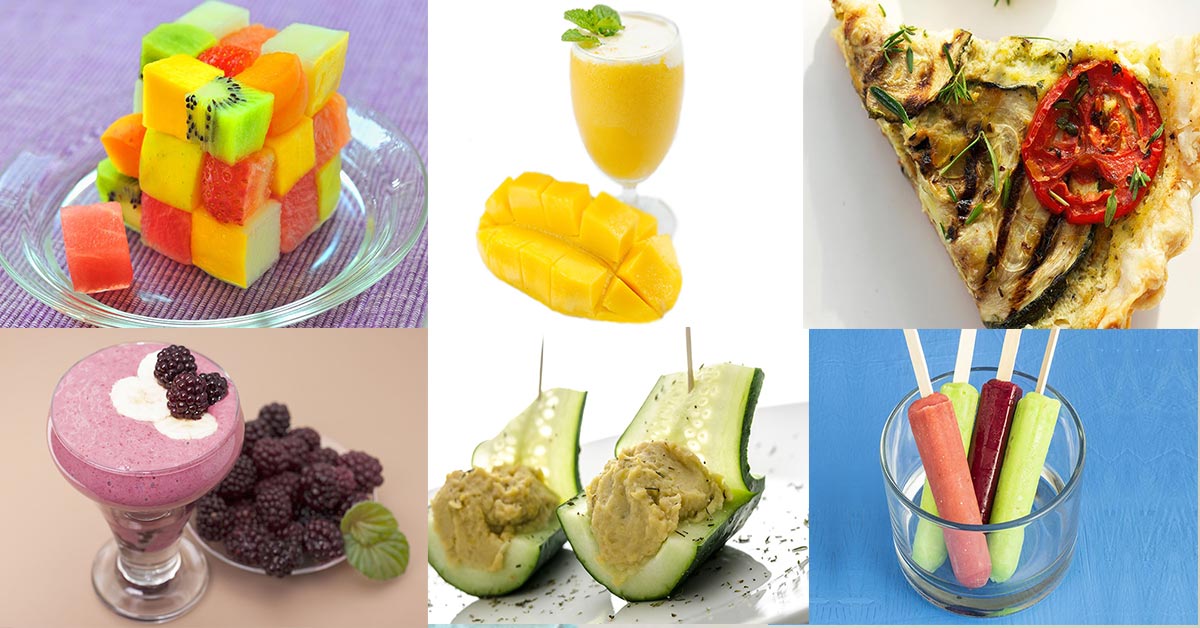
The ancient Chinese, Romans, and Indians were the first to create salt using this method. In the early fifth century BC, the Buddha taught the world to collect and store salt. To collect the brine, the Romans used ceramic containers known as briquetage. Workers scraped up the concentrated salt and washed away the impurities. The brine was then placed in shallow pans. They were then set on clay pillars over a peat fire. The workers then sold dried and powdered sea salts to the colonial New World. In the New World slaves from Africa were brought to rake salt on several islands in West Indies such as the Bahamas and Turks and Caicos Islands.
While most people know about table salt, not everybody knows how sea Salt is made. While table salt is primarily made up of sodium chloride (the main ingredient), sea salt also includes magnesium, iron, calcium and potassium. These minerals are found in trace amounts in sea salt, and they are incorporated in the salt crystals. While it is best to use this mineral in moderation, adding a pinch to your dish will add extra nutrition and mineral nutrients.

Sea salt is the most widely used salt. It is a salt that comes from warm climates. To get it, you need to flood man-made lakes with salt water and wait for it evaporate. The crystals will form when the water evaporates out of the man-made pool. These man-made pools are referred to as "salt works". Harvesting salt takes many billions of years. Salt can be harvested in many different ways.
The production of sea salt is complex. The first step is the extraction of seawater. The seawater must be evaporated from the ocean. The water is allowed in the water to dry, and then concentrated. Once this is completed, the sea salt is ready to be sold. The final product can be labeled either as refined or unrefined. The unrefined sea salt can be grey or contain marine bacteria or trace minerals that contribute to its complex flavor.
The process of harvesting salt is simple. The salt crystals that form in the bottom water are almost dry. Pour off some water and remove the salt crystals. This is a great way of collecting sea salt. It is affordable and widely accessible. It is readily available in many countries. The salt can be used by humans once it is harvested. Its use is endless.

Extracting salt out of the sea is the exact same process as extracting salt out of river water. The process for each is however different. Some salts come from the sea while others are taken from the earth. Chemicals are used to extract the salt in this case. To extract the iodine the minerals from the sea are removed. In order to extract the iodine from salt, other minerals are also removed.
FAQ
What are the health benefits of slow cooking?
Slow cookers are extremely useful as they make it easy to cook delicious meals in a short time. Slow cooker recipes require less oil or fat than traditional recipes, making them healthier. Because they cook for you while you sleep, slow cooker recipes can be convenient.
Can I learn how to cook together with my children?
Yes! Yes, kids love to help in kitchen. It's fun and teaches kids responsibility as well as teamwork. The whole process can be done by children, including washing and chopping vegetables. You will have your children enjoy helping you cook as long as they follow safe procedures when using knives.
Is there a better way to learn to make delicious meals?
Cooking can be something everyone should master. You'll miss out on delicious meals if your skills are not up to par. You must start by finding a recipe you enjoy and following it closely when you learn to cook. Next, you'll want to practice making small changes to the recipe until you feel comfortable making the dish yourself. Try cooking for others. This will help you improve at cooking and also allow you to test your skills.
Do I have to go to culinary school in order to be a professional chef?
No. Many chefs started their careers by learning on their own. Some even went to culinary schools to gain practical experience. Most chefs prefer to go to culinary school to expand their professional opportunities. Culinary schools give students hands-on experience, which allows them to develop valuable skills as well as improve their culinary knowledge.
Statistics
- The median pay for a chef or head cook is $53,380 per year or $25.66/hour, according to the U.S. Bureau of Labor Statistics (BLS). (learnhowtobecome.org)
- In the United States, the category is estimated at $23.2 billion annually and is growing faster than the market. (washingtonpost.com)
- under 10 Kids have been taught that there is special food just for them, and Fiese says that 10 percent of kids will throw a tantrum if they don't get the food they want. (washingtonpost.com)
External Links
How To
How to make a perfect omelet
Omelets is one of my favourite breakfast foods. But how do you make them perfectly? There are many recipes and methods I tried, but none worked. So I am sharing some tips and tricks today to help you make fluffy, delicious omelets every morning.
We should first know that eggs are very temperamental ingredients when making omelets. It is important that eggs are fresh from an organic market and kept cool until used. They must be kept cool, otherwise the whites will not form properly and the yolks may become runny. Your omelets will look strangely colored if this happens. It is best to use room-temperature eggs if you are going to cook them right away.
You might also try separating the egg before adding to the pan. Because this could cause your omelet to become curdled, you don't want any yolk to be mixed with any white.
If you add the egg directly onto the stovetop, you might end up burning the bottom part of the egg, which would ruin the texture of your omelet. Instead, heat the egg in a microwave for 10 seconds and then place it in a pan. The microwave heat will cook the egg just right without making it too hot.
Next, let us talk about how to mix the eggs. When you mix eggs together, you want to beat them well. Turn the bowl upside down and grab the whisk to do this. Then shake the bowl vigorously. By doing this, the egg is thoroughly mixed with the air in the bowl.
Now comes the fun part: adding the milk to your mixture. Pour half the milk into the beaten egg mixture and then fold in the eggs. If you still see streaks of eggs, don't worry. These streaks will disappear once the omelet has been turned over.
After you have folded the eggs, heat the oil in a pan over medium heat. Once the oil has started to sizzle, turn the heat down to low. Once the oil has gotten hot, add 1/4 cup of butter and swirl it around so that the entire pan is coated. The lid should be carefully opened. Sprinkle salt in the pan. A pinch of salt will help prevent the omelet from sticking to the pan.
Once the omelet has formed completely, cover the pan and let it set for a few minutes. Use a spatula to flip the omelet or turn the pan upside-down. Cook the other side for another minute or two. Serve the omelet immediately by removing it from the pan.
This recipe is best made with whole milk. However, it can also be used with skimmed milk.